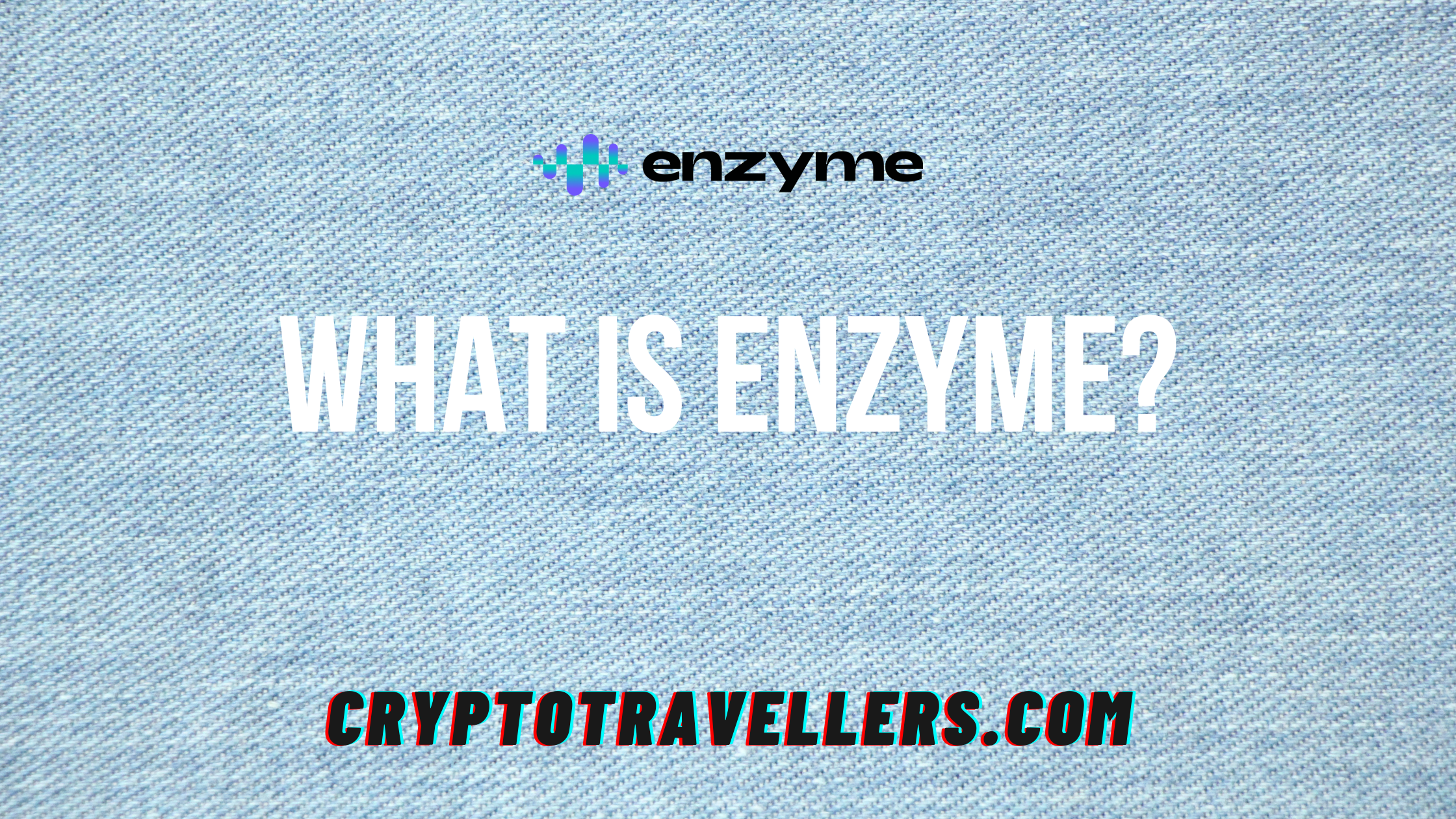
Ex-Google/Ex-Facebook/Ex-Husband TechLead accused of Pump and Dump scheme... (as a millionaire)
Patrick Shyu’s channel, Techlead on YouTube, has come under fire with accusations of engineering a multi-million dollar pump and dump scheme. …

Proof of Work (PoW) and Proof of Stake (PoS) are two different consensus algorithms that secure a blockchain network. Proof of Stake is gaining popularity recently because it requires less energy than proof of work, but there are some trade-offs to consider. In this article, we’ll explore the differences between these two algorithms in more detail.
Proof of stake and proof of work are both consensus algorithms. Proof of stake uses the following algorithm to validate transactions: if you own more than a certain number coins, then you can approve network transactions up to that value in coins by putting money at risk on your digital wallet. In other words, people with lots of coins have “skin in the game” and they will be less likely to try cheating the system.
The Proof of Stake (PoS) system awards a miner according to the number of coins they hold. For example, someone owning 10% of all minted coins will have greater ability to mine blocks and validate transactions than anyone with less than 1%.
Proof of work by contrast, requires all miners to attempt solving a complex sum, with the winner chosen by the person or group who has the most powerful or quantity of hardware devices.
Proof of work is the act of one party providing proof to others that a certain amount of computational effort has been expended for some purpose. Verifiers can then confirm this expenditure with minimal effort themselves. Proof of work is considered more complex than proof-of-stake, because miners have to solve complicated mathematical problems.
Electricity Consumption and energy usage is one of the big differences between PoW and PoS. Energy usage has become a big factor within PoW Cryptocurrencies such as Bitcoin. PoS does not require solving difficult calculations so the electricity costs to verify transactions are lower. This allows PoS cryptos to say that they are more energy efficient and better for the environment.
Bitcoin pioneered the Proof-of-Work system, but for some it’s no longer seen as a sensible solution. Every transaction can take about 10 minutes to confirm. Bitcoin transactions can only handle 7 transactions per second. The transaction fees have also increased significantly since 2009. For instance, Bitcoin was useful for transferring small amounts when the project first started. But today, it can cost up to $40 per transfer during its busiest period, with the average transfer fee being around $23.
Bitcoin transactions require a 10-minute pre-processing interval before being approved. During each 10 minutes, new transactions are collected into what is called a block.
Every block must be verified by miners to confirm that it meets certain standards. In order for the Bitcoin network to avoid a third-party, somebody needs to use their computational power and solve a puzzle known as Proof of Work.
Once this is achieved, not only is the transaction marked as valid, but it is also posted to the public blockchain for everybody to view.
With Proof of Work, people are rewarded with additional crypto coins at the conclusion of their work. Transactions are verified in round-time periods by an individual selected to lead the round, called a miner.
Compared to Proof of Work, one of the biggest advantages of Proof of Stake is that it creates a fairer system, and one that is not based on the individual or group with the most expensive hardware.
Proof of Stake and Proof of Work have existed since the cryptocurrency era. Protocals such as Peercoin, Blackcoin, Nxt, Cardano , and Algorand use a proof-of-stake system while Ethereum is switching to Proof of Stake in 2021.
The Ethereum mining algorithm is called Ethash. It’s a memory-hard proof of work function that requires asymptotically more time than an ordinary PoW to provide the same level of security against specialised hardware attacks.
Ethash is a PoW mining algorithm used by the Ethereum network and Ethereum-based cryptocurrencies. Ethash is an upgrade of the Ethereum algorithm Dagger-Hashimoto.
Algorand is powered by a pure proof-of-stake, Byzantine consensus protocol. All users are given the power to propose blocks proportional to their stake in the system. Random selection from all of these proposal get voted on and then confirmed by all other staking nodes
Not all decentralised network architectures have the same characteristics. Some rely on a central party to rubber stamp blocks, which means they’re not fully censorship resistant.
Stakers must stake their funds in the system to author blocks, and it can be difficult for a PoS system to have a fair launch. Many PoS systems are either started as air drops, ICOs, or proof of burn auctions.
Staking requires some representation of the private key to be online at all times, which may mean that it is easier to redirect some of the staking power (in early PoS systems it had to be the actual private key, so not only staking power but actual funds could get stolen).
Some coins require a certain amount of confirmations before being usable in proof-of-staking pools, and spending from your stake can disrupt the tenacity of your staked revenue.
Some jurisdictions may expect that staking revenue will be taxed differently than mining revenue.
Proof of Stake systems may be gamed for profit by trying a large number of blocks candidates to cause the stakeholder to guess more often.
Bitcoin is a proof-of-work cryptocurrency that was created to be mined on GPUs and CPUs. It uses the SHA256 hashing algorithm, with an average block time of ten minutes per puzzle solution.
A 51% attack refers to a scenario where more than half the total mining power on the network is controlled by one entity.
It could be argued that proof of work is a more democratic system than proof-of stake. Proof of stake requires participants to have at least some coins in the network, which creates an economic barrier not found with PoW if you have the right equipment. PoS is currently the more popular option due to many people’s environmental concerns. Despite the fact that 76% of Bitcoin miners are using renewable energy sources .
Which do you think is better? Let us know in the comments section below.

Patrick Shyu’s channel, Techlead on YouTube, has come under fire with accusations of engineering a multi-million dollar pump and dump scheme. …

Enzyme Finance was formerly known as Melon Protocol. Enzyme (MLN), wants to make it easier for anyone with a computer and internet access the ability …